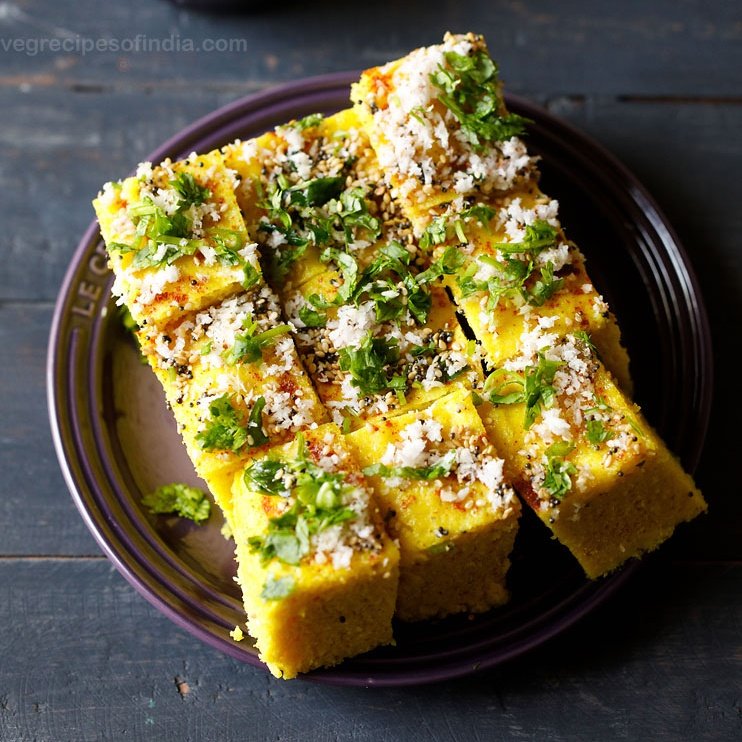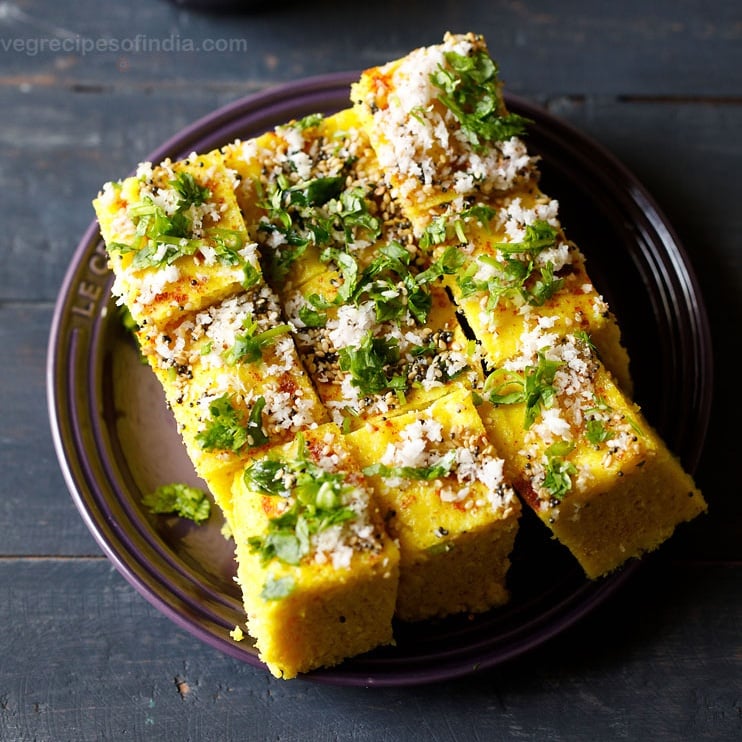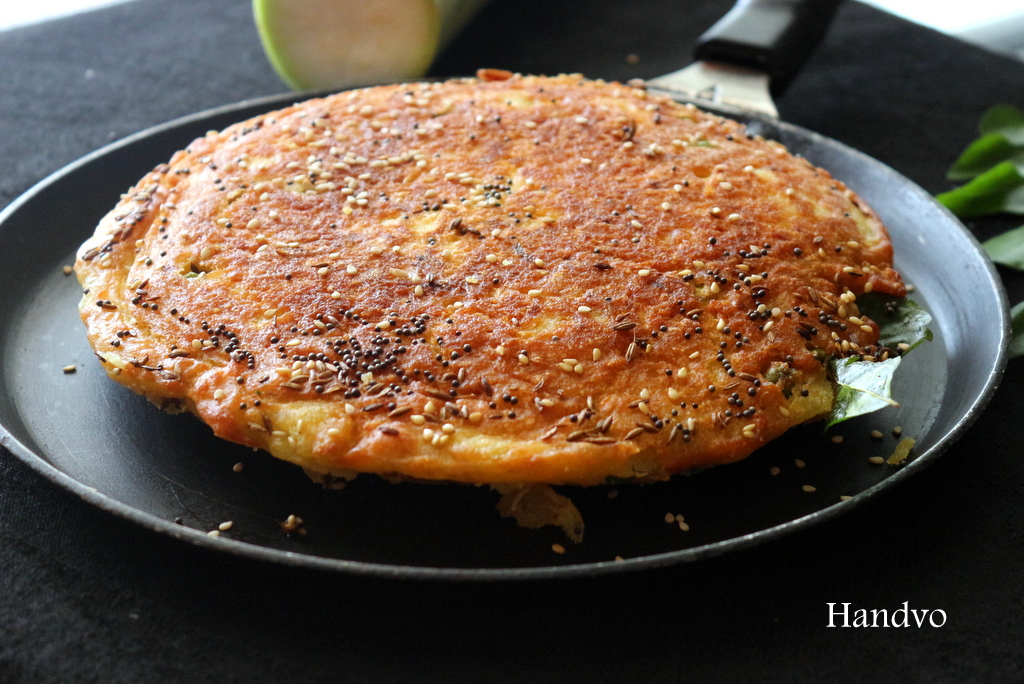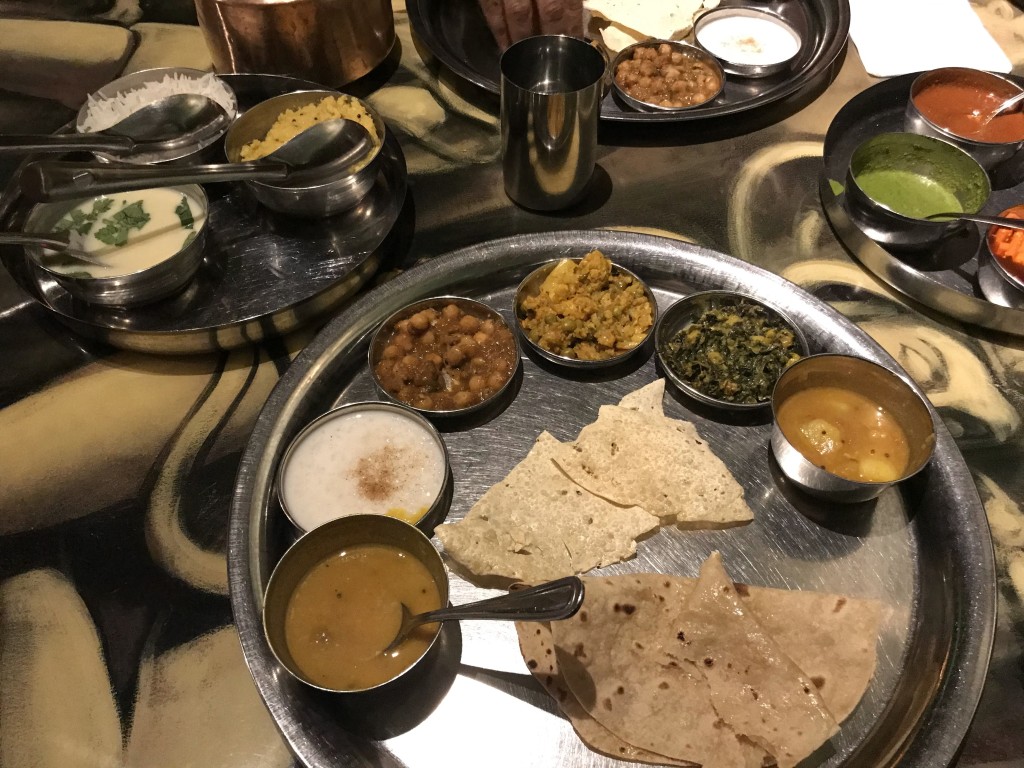When I made my New Year Resolutions for 2020, I obviously did not incorporate the impacts of the upcoming pandemic into them. My resolutions weren’t even that fancy to begin with. It had all the usual suspects in them – eat healthy, work out more, write more, read more, travel more, etc. Those were all things I had attempted and succeeded (and failed) to various degrees on many many previous occasions. But the fact is I was about 1-2 months into working towards my ‘resolutions’ – in a manner of speaking – by the time 2020 rolled around. I was already quite set in my workout routines and was completing a book every 2-3 weeks. My diet was the easy part that didn’t even need a resolution as such. But I figured it was the beginning of a new year, and I decided to formalize these goals or processes into resolutions anyway.
The first 2 months went great. I kept up with my workout routine, had lost more than 15 lbs, and had developed good strength in my muscles. I had completed 4-5 books and had even written reviews on them. My Reading List on GoodReads was growing and I was pretty confident of completing most of them that year. All in all, I was feeling great.

Then the pandemic hit, Toronto went into its first lockdown, and both the wife and I began to work from home. The immediate consequence of this was that our new routine – one without the commute – gave us an additional 2-3 hours overall everyday for ourselves. I was obviously overjoyed when I considered what those 2 extra hours could do towards my goals each day. I presumed it would give me the flexibility to move around my activities and still have all the time available to do what I needed to. Plus, if I couldn’t do something on time, I always had some extra time available later in the day to squeeze it in. To make use of this time, I even purchased some home weight equipment as the gyms were all closed. All in all, I was excited about what this new lifestyle was able to offer to help me achieve my 2020 resolutions.
But what actually happened was the complete opposite. My workout routine practically evaporated within a few weeks. I probably read a grand total of 1-2 new books for the rest of the year. And I think I maybe wrote about 4-6 posts in here at most. I was obviously very disappointed with what I initially perceived to be a lack of discipline on my part. To an extent, that initial perception was indeed correct. But over the past several months, I have also understood something about the nature of time, my own perception of it, and how this impacted how I make use of it.
The paradox at the heart of this was that I was making significantly more use of my time when I had LESSER time available as compared to what I did when I had MORE time available. If I had only 3 hours of time available for myself each day, I made a bigger effort to use that time than those days when I had, say, 5 or more hours free time available. It definitely appeared counter-intuitive. If I have more time, I SHOULD be able to accomplish MORE, not LESS. But there I was – having accomplished A LOT when I had far lesser time on my hands, as compared to achieving practically NOTHING when I actually had MORE time.
I could attribute this to a combination of procrastination, lack of discipline, and absence of motivation arising out of staying home for extended periods of time. But that would not paint the complete picture. At a more fundamental level, I have realized that just being aware of the availability of more time can lead to a general attitude of “It’s OK. I have more time to complete these tasks or goals.” This ultimately leads to not doing anything in the present with the expectation that there is enough time to do it in the future. But when there is no extra time available, I do not have the ability or option of ‘doing it later’ – inevitably leading me to utilize the available time in a much better way.
Perhaps it is like Supply-Demand-Price-Value. The lesser I have of anything, the more valuable it is – leading me to put in more effort to utilize it. If the same thing is available in excess, it is not that valuable and I am more prone to simply waste it. The extra time I got during the pandemic, in essence, made the time already available to me seem LESS valuable, leading me to waste ALL my available time – existing and new. So what in theory should have allowed me to achieve more of my goals was actually what made sure I did not achieve ANY of my goals. More available time does not mean an increased ability to do what you really want in life. On the contrary, it leads to the dilution of the value of the time you already had. This will then ultimately make you believe that it is OK to waste that previously available time AND the newly available time.
And so going forward, the biggest lesson is that I have to be acutely aware of how much time I have available and my own perception of how valuable I consider it.
And as far as setting any resolutions for 2021, I just made sure I didn’t jinx myself by making fun of others and their own resolutions – like I did in early 2020.










